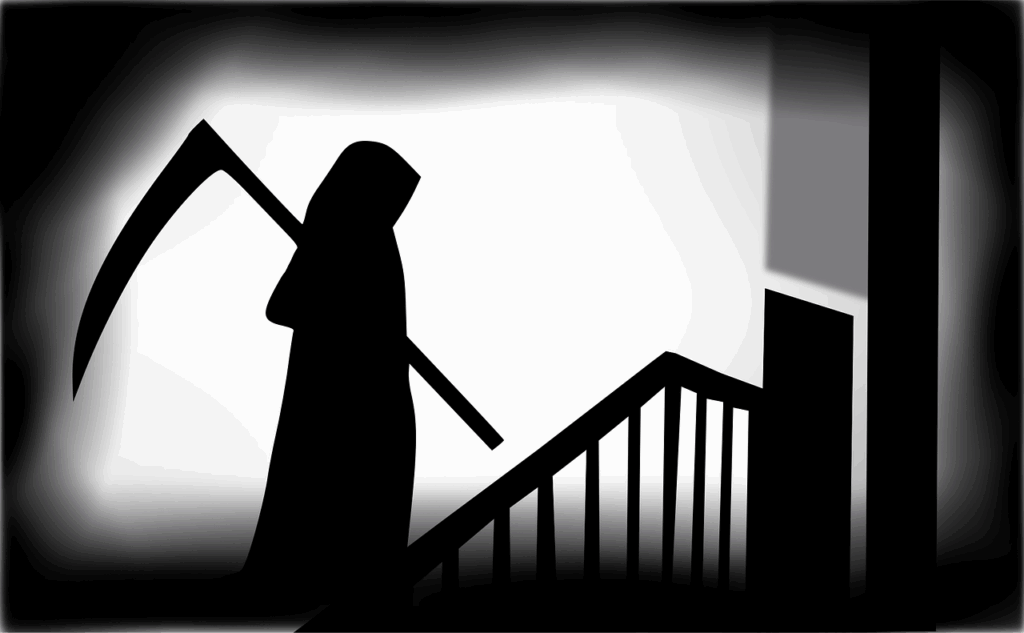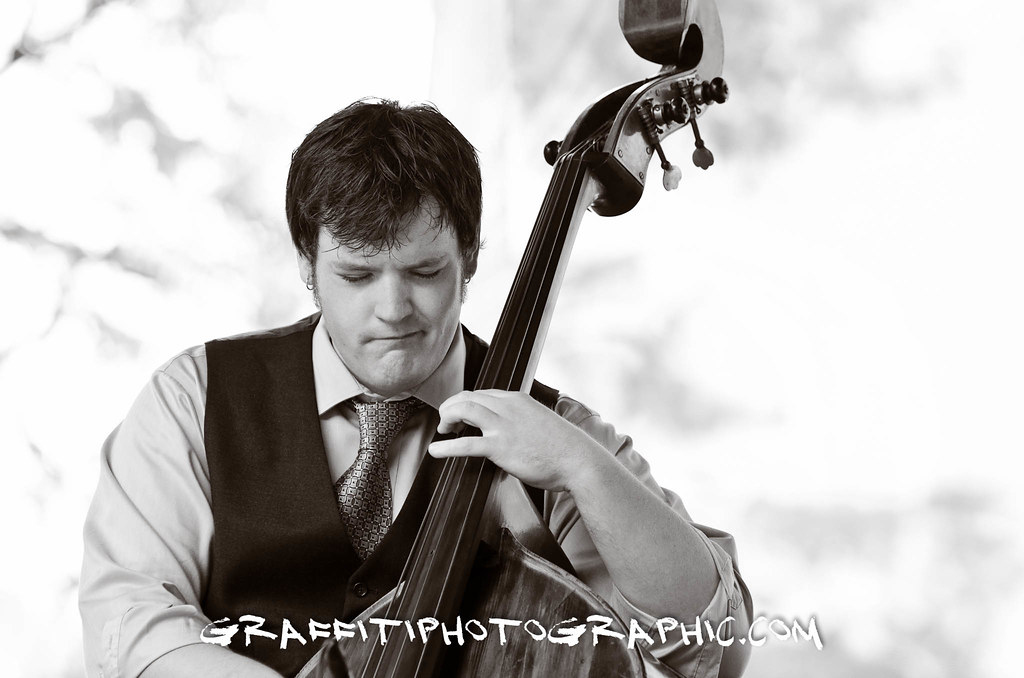
The music world pauses to mourn the passing of Bobby Hart, a foundational figure in pop music whose lyrical and melodic craftsmanship helped define the sound of an era. Hart, a prolific songwriter and performer, died at 86 at his home in Los Angeles, leaving behind a profound legacy that spans decades and genres. His indelible contributions, particularly alongside his songwriting partner Tommy Boyce, provided the vibrant soundtrack for millions, most notably through their work with the beloved television group, The Monkees.
Hart’s career was characterized by an extraordinary ability to capture youthful energy and emotion, translating it into songs that resonated deeply with audiences. His compositions were more than just catchy tunes; they were integral to the identity of the artists who performed them, and often became anthems for cultural moments. As the last surviving member of The Monkees, Micky Dolenz, eloquently stated, Hart “not only made a vital contribution to the popular success of The Monkees, but even more importantly to the essence, the very spirit of the entire venture.” His influence extended far beyond the confines of a single band, touching numerous other acts and solidifying his place as a revered architect of popular music.
His passing marks the end of an era for many who grew up with his songs, yet his musical footprint remains firmly imprinted on the landscape of American pop. Bobby Hart’s life was a testament to creative passion, collaborative spirit, and a deep commitment to his craft, culminating in a body of work that continues to entertain and inspire. This in-depth look explores the multifaceted career and life of Bobby Hart, an artist whose quiet influence reverberated through the very core of popular culture.
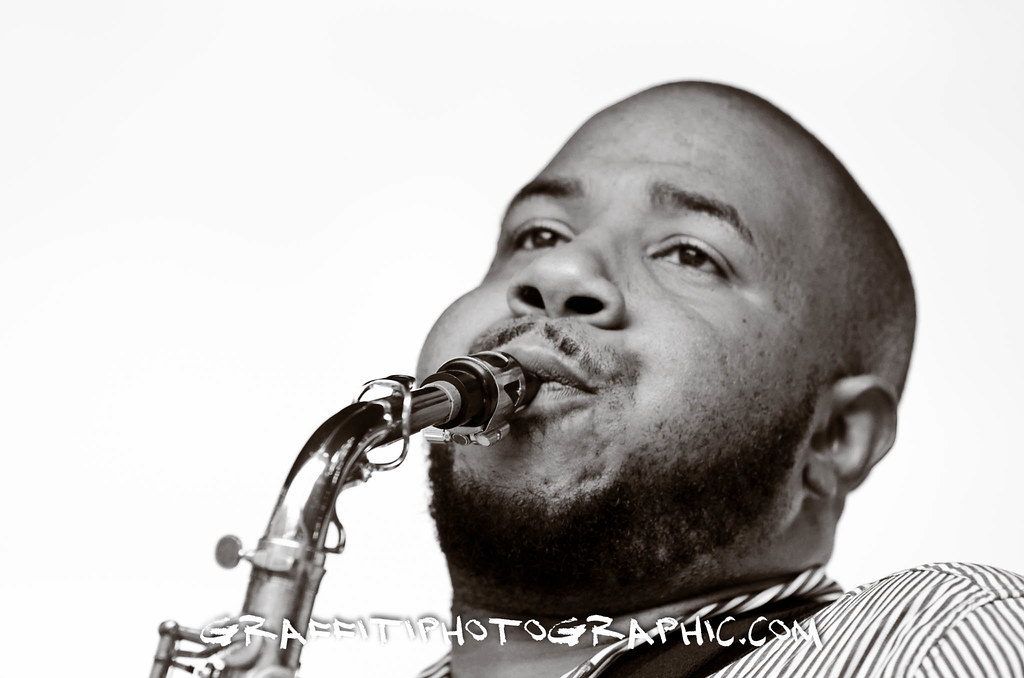
1. **Early Life and Career Genesis: The Making of a Songwriter**Born Robert Luke Harshman on February 18, 1939, in Phoenix, Arizona, the man who would become known as Bobby Hart embarked on his musical journey with an early aspiration that led him to adopt a new professional identity. At the behest of a manager, he changed his name from Robert Luke Harshman to Bobby Hart, marking the beginning of a brief initial career as a solo artist. His first single, “Girl in the Window,” released in 1960, offered an early glimpse into his burgeoning talent.
His path soon led him from Phoenix to Los Angeles at the age of 18, a pivotal move that connected him with Tommy Boyce. The two quickly forged a friendship that would evolve into one of the most successful songwriting partnerships in pop music history. Their collaborative efforts first bore fruit in New York, a period that laid the groundwork for their future triumphs. It was there that they achieved their initial successes with songs that would become hits for other artists.
This early phase of his career provided valuable experience and honed his skills as both a writer and a musician. The dynamic environment of the music industry in the early 1960s, particularly in creative hubs like New York and Los Angeles, offered fertile ground for a talent like Hart’s to flourish. He was actively learning the craft of songwriting and the business of music, setting the stage for the remarkable collaborations that were soon to follow and cement his legacy.
Read more about: Victoria Principal: Unforgettable Star of ‘Dallas’ and a Life Beyond the Spotlight
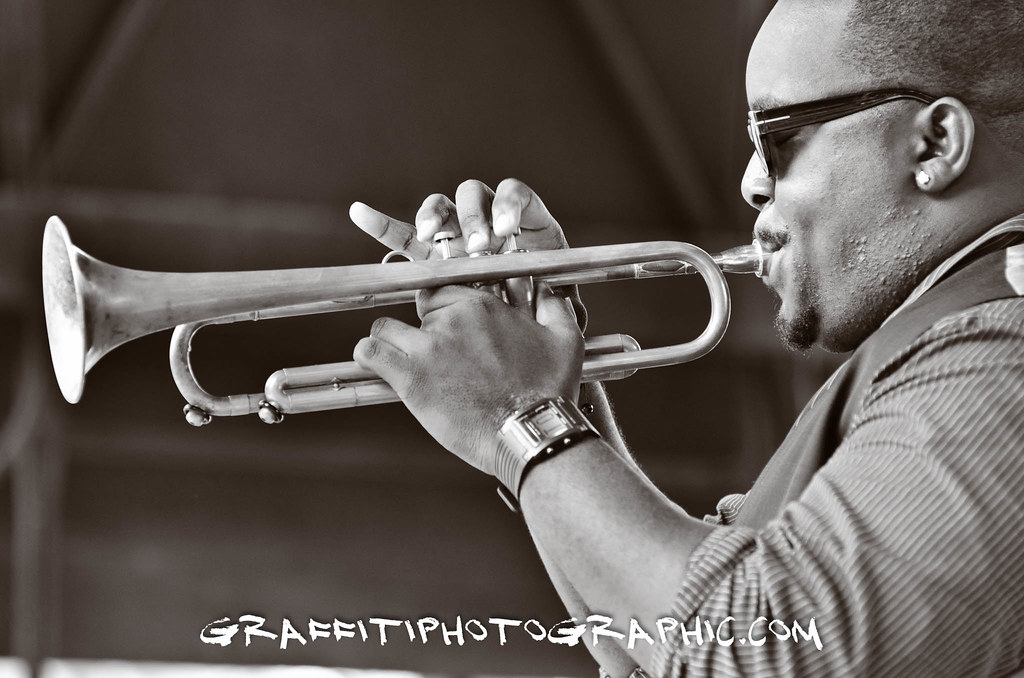
2. **The Formative Partnership with Tommy Boyce: A Creative Synergy**The enduring partnership between Bobby Hart and Tommy Boyce became a cornerstone of their respective careers, characterized by a unique creative synergy that yielded an astonishing number of hits. They officially partnered at Screen Gems/Columbia, a prolific hub for songwriters during that era. Hart himself described their role during this period as “short order cooks,” highlighting their ability to quickly churn out songs tailored to various artists’ needs and deadlines.
Their working method was highly collaborative, drawing on each other’s strengths. Hart recalled Boyce as a “mile-a-minute, throwing out ideas,” while he saw himself as “more the structural guy who was saying, ‘Hey, wait a minute, those five that just went by, forget about, but that one there, that one sticks. Let’s see what we can do with that.’” This complementary dynamic allowed them to be incredibly efficient and effective in their craft. Both had backgrounds in writing complete songs, meaning they both contributed to lyrics and melodies, fostering a truly integrated songwriting process.
This partnership was not just about professional output; it was rooted in a genuine friendship and mutual respect that made their creative process fluid and enjoyable. They were tasked with projects that required quick turnarounds, such as creating a song that would “sound like a Paul Revere and the Raiders record” and demoing it within three days. This intense period of activity in 1965 established them as reliable and versatile hitmakers, capable of delivering exactly what the industry demanded.
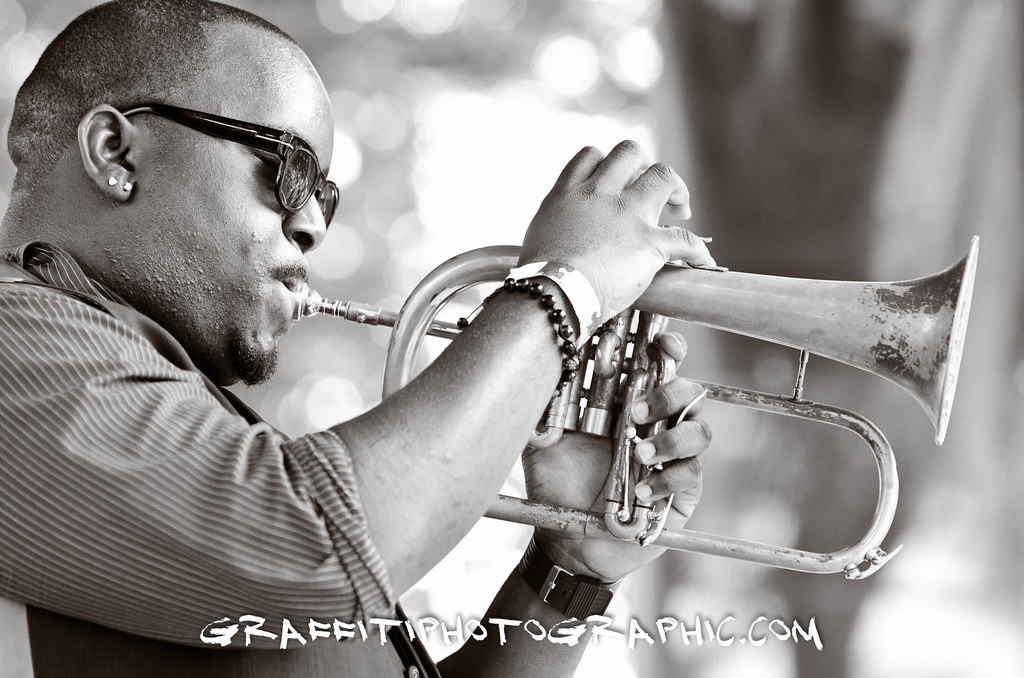
3. **Crafting The Monkees’ Sound: The Iconic Theme Song**The opportunity to define the sound of “The Monkees” television show came at a pivotal moment, with Bobby Hart and Tommy Boyce given the crucial task of writing its theme song before the cast was even selected. Their boss at Screen Gems, Lester Sill, instructed them to meet with Bert Schneider of Raybert Productions on the Columbia Pictures lot. Schneider, whose partner was Bob Rafelson, explained the concept: a show called “The Monkees,” envisioned as “basically ‘A Hard Day’s Night,’ Beatles on American television, a lot of madcap visuals.”
Hart and Boyce immediately grasped the vision, convincing Schneider in that first meeting that they understood “exactly what the counterpart musically should be.” They were given the job of creating the theme song and two other songs for the pilot episode. Despite not seeing a script, they knew the music needed to be “something that might sound a little Beatle-esque but was not a complete ripoff of the Beatles, something that encompassed the new wave of mod music that was coming from England.”
The creation of the theme song itself was an organic process. Hart recounted walking down the street from their house on Woodrow Wilson to a park in the Cahuenga Pass, where they started snapping their fingers. This rhythm quickly evolved into the core groove for the piece, leading to the iconic opening line, “‘Here we come, walking down the street.’” They also envisioned “the drumroll from the Dave Clark Five record (‘Catch Us If You Can’)” to transition into the chorus, “‘Hey, hey, we’re the Monkees.’” This spontaneous yet deliberate approach perfectly captured the show’s playful and energetic spirit.
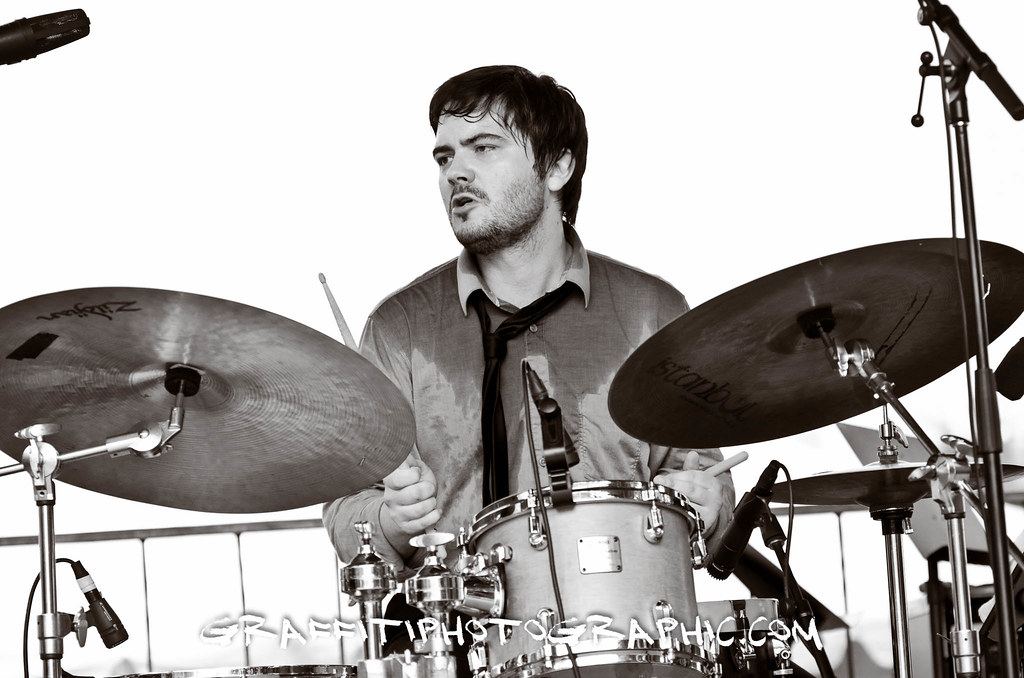
4. **The Monkees’ Chart-Topping Hits: An Unforgettable Soundtrack**Beyond the catchy theme song, Bobby Hart, with Tommy Boyce, was instrumental in furnishing The Monkees with a string of chart-topping hits that solidified their status as a genuine musical phenomenon. Their songwriting prowess delivered numerous singles that became synonymous with the group’s early success, underpinning their multimedia empire. These songs were essential in translating the televised antics into tangible musical triumphs.
Among their most significant contributions was the 1966 No. 1 hit, “Last Train to Clarksville,” a track that perfectly encapsulated the burgeoning pop-rock sound of the mid-1960s. This single not only topped the charts but also established The Monkees as legitimate recording artists, defying initial skepticism that they were merely a manufactured act. The lyrical narrative and infectious melody became an instant classic, beloved by millions.
Their hit-making streak continued with other memorable singles, including “(I’m Not Your) Steppin’ Stone,” which reached No. 20 on the Hot 100, showcasing a more assertive and rock-oriented side of the band. Other successes included “Valleri,” a No. 3 Hot 100 hit, and enduring tracks such as “I Wanna Be Free” and “Words.” The Monkees’ eponymous, million-selling debut album prominently featured six songs from Boyce and Hart, underscoring their vital role in shaping the group’s foundational sound and ensuring their immediate commercial impact.
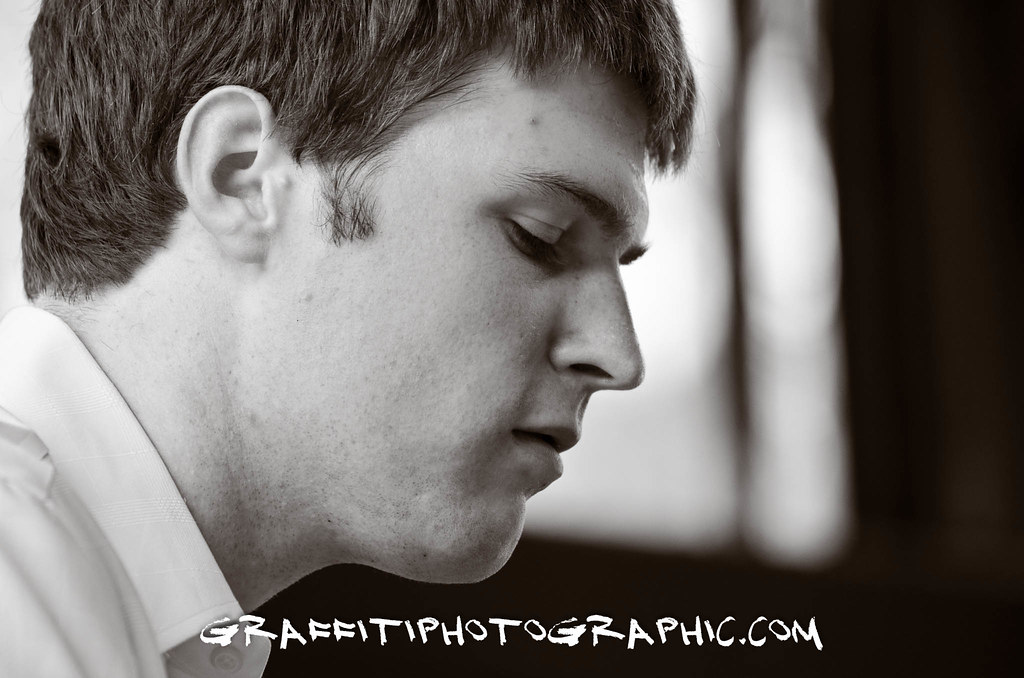
5. **Boyce and Hart as Producers and Musicians: Crafting The Monkees’ Authentic Sound**Bobby Hart and Tommy Boyce’s contributions to The Monkees extended beyond songwriting; they also played a crucial role as producers and musicians, actively shaping the distinct sound that captivated audiences. This hands-on involvement was particularly significant in the early days of The Monkees, when the band members themselves were not always permitted to play on their own records.
To achieve their desired sound, Hart utilized his own band, the Candy Store Prophets, as session players for the songs they produced for The Monkees. This core group was often augmented with additional guitarists like Louie Shelton and Wayne Erwin, creating a vibrant and energetic musical backdrop. Hart and Boyce themselves were also active participants, playing instruments and singing background vocals on these tracks, lending a personal touch to the recordings.
Hart described this approach as cultivating a “different sound than we would’ve gotten if we had used the Wrecking Crew guys, the regular studio guys that played on almost everything else.” He observed that while they loved the Wrecking Crew and used them for other artists, the Monkees’ sound “really was a garage band,” an aesthetic that he and Boyce had cultivated in one form or another for several years. Micky Dolenz, in a foreword to Hart’s memoir, expressly credited them not only with writing hits but also “as producers, being instrumental in creating the unique Monkee sound we all know and love,” highlighting the depth of their influence.
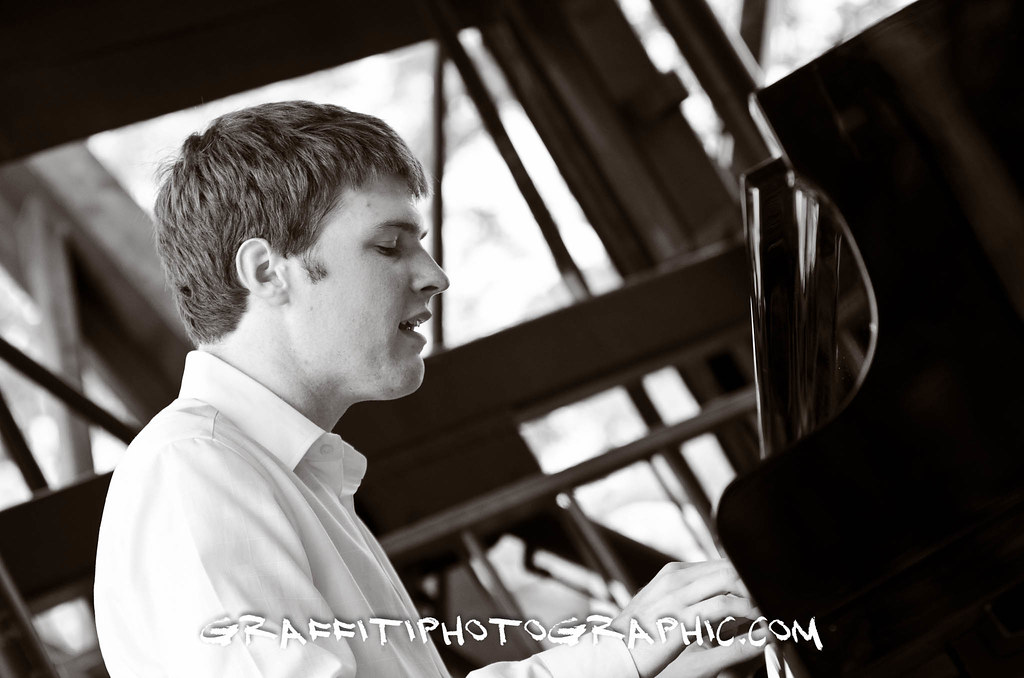
6. **Impact Beyond The Monkees: Penning Hits for Other Notable Artists**While Bobby Hart is inextricably linked with The Monkees, his songwriting talent illuminated the careers of numerous other artists, demonstrating his versatility and broad appeal across the music landscape. The partnership with Tommy Boyce yielded hits for a variety of acts, showcasing their ability to craft songs that resonated with diverse musical styles and audiences. Their work transcended the realm of a single pop phenomenon, cementing their reputation as premier songwriters of their generation.
One of their notable successes outside The Monkees was “Hurts So Bad,” a song that first became a No. 10 pop hit for Little Anthony and the Imperials. Its enduring quality was evident as it later became a standard, covered by acclaimed artists ranging from The Lettermen to Linda Ronstadt, whose own rendition reached No. 8 in 1980. This track exemplifies Hart’s knack for creating emotionally resonant melodies and lyrics that stood the test of time and interpretation by various performers.
Another significant composition was “Come a Little Bit Closer” for Jay and the Americans, which soared to No. 3 on the Billboard charts in 1964. This early success in New York, even before their major Monkees breakthrough, underscored Hart and Boyce’s capacity for crafting infectious, commercially successful songs for different musical acts. Their ability to deliver compelling material for a wide array of artists solidified their position as versatile and in-demand hitmakers in the vibrant music scene of the 1960s.

7. **Stepping into the Spotlight: Boyce and Hart as Recording Artists**Beyond their foundational work as songwriters and producers for others, Bobby Hart and Tommy Boyce also carved out their own space as recording artists, proving their talent extended to performing their own compositions. This endeavor saw them step into the spotlight, bringing their distinctive sound directly to the public through their own albums and singles. Their success as performers provided a different dimension to their multifaceted musical careers.
Between 1967 and 1969, the duo released three albums: “Test Patterns,” “I Wonder What She’s Doing Tonite?” and “It’s All Happening On The Inside.” These records allowed them to showcase their full artistic vision, blending their pop sensibilities with their own vocal and instrumental talents. They sought to establish their own identity beyond the shadow of the groups they wrote for, demonstrating their capabilities as frontmen.
Their most significant success as performing artists came with the gold-selling single “I Wonder What She’s Doing Tonight,” which climbed to No. 8 on the Billboard Hot 100 in 1967. This hit cemented their status as a successful duo in their own right, garnering them widespread recognition and airplay. During their heyday as a duo in the 1960s, Boyce and Hart also made several television appearances, including guest spots on popular shows like “Bewitched,” “The Flying Nun,” and “I Dream of Jeannie,” further elevating their public profile and showcasing their charismatic presence.
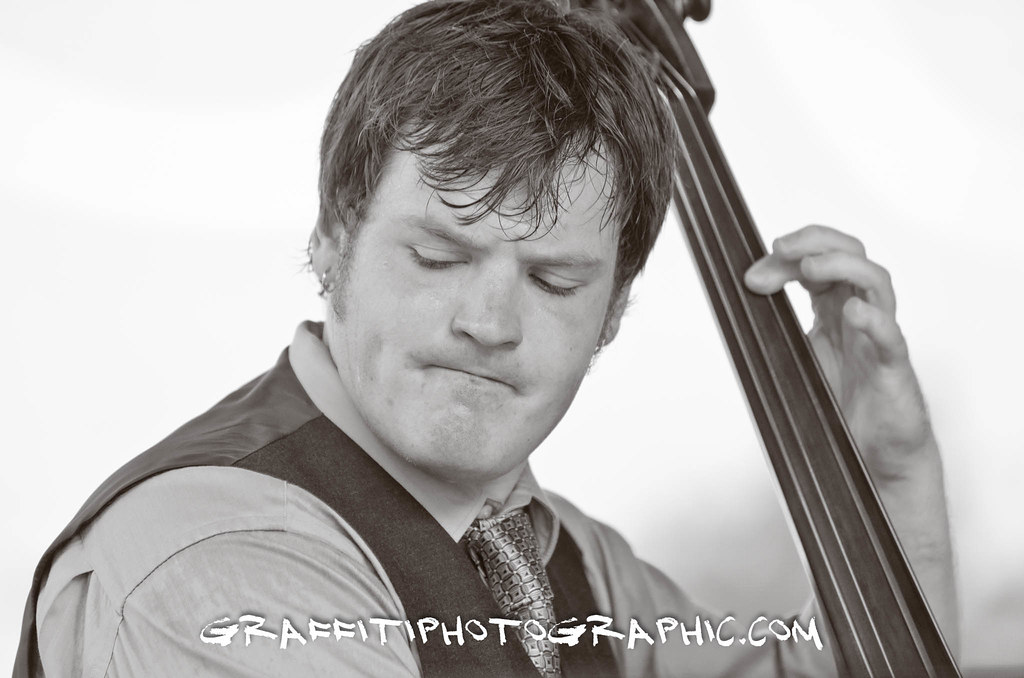
8. **An Academy Award Nomination: ‘Over You’**Bobby Hart’s artistic versatility shone brightly when his work transcended the realm of pop music to garner prestigious recognition in the film industry. In 1983, a significant highlight of his diverse career was an Academy Award nomination for “Over You,” a poignant ballad featured in the acclaimed film “Tender Mercies.” This nomination marked a profound moment, acknowledging his ability to contribute to a deeply emotional cinematic narrative.
The song, co-written with Austin Roberts, was a powerful component of “Tender Mercies,” a drama that resonated deeply with critics and audiences alike. Robert Duvall’s Oscar-winning portrayal of a struggling country singer was amplified by the film’s musical landscape, where Hart’s composition played a crucial role in conveying the protagonist’s introspection and journey toward redemption. The melody and lyrics for “Over You” offered a tender reflection that complemented the film’s gritty realism and emotional depth.
Such an achievement solidified Hart’s reputation beyond his pop music origins, positioning him as a respected figure capable of contributing meaningfully across different artistic mediums. The nomination for “Over You” highlighted his enduring relevance and the timeless quality of his melodic and lyrical craftsmanship, affirming that his creative genius knew no boundaries, whether it was defining a television show’s sound or enhancing a powerful cinematic experience.
Read more about: Alan Arkin, Oscar Winner and Versatile Force, Dies at 89: A Legacy of Wit, Depth, and Unforgettable Performances
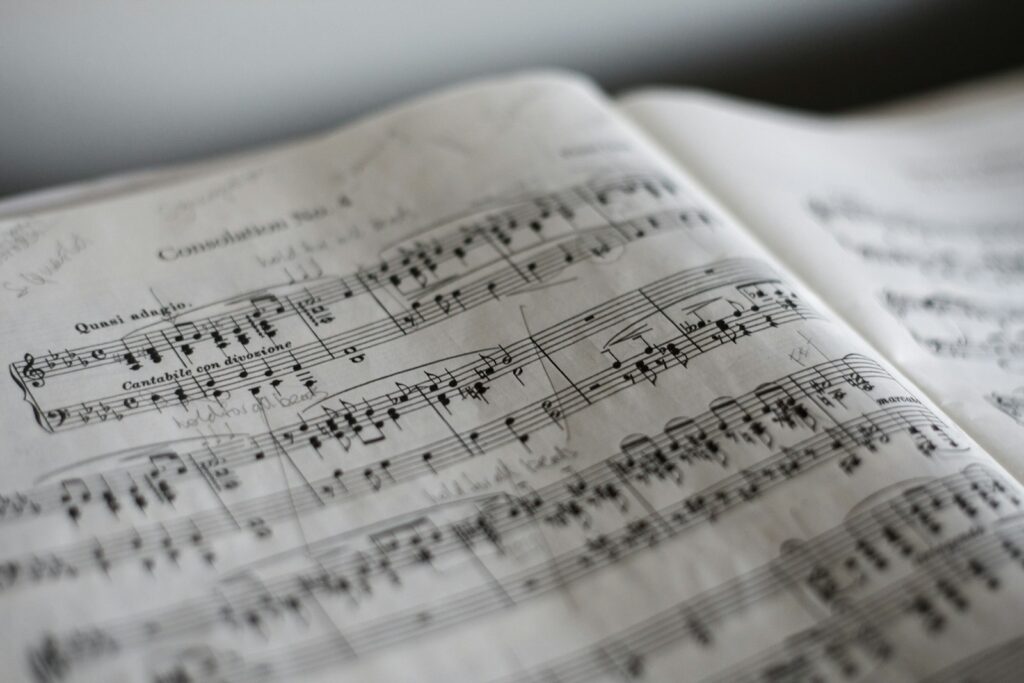
9. **Enduring Television Legacy: The ‘Days of Our Lives’ Theme**While Bobby Hart’s name is inextricably linked with the effervescent sound of The Monkees, his influence on American television extended into another iconic realm. He and Tommy Boyce were also the creative minds behind the theme song for the long-running soap opera, “Days of Our Lives,” a melody that has become a staple of daytime television for generations. This composition showcased their unparalleled ability to create music that deeply embeds itself into the national consciousness.
The theme for “Days of Our Lives,” with its distinctive blend of elegance and drama, perfectly captured the essence of the soap opera genre. It introduced viewers to the daily sagas of love, loss, and intrigue in Salem, establishing an immediate atmosphere for the unfolding narratives. For decades, this musical signature has served as a welcoming beacon, signaling to millions that another chapter of their beloved story was about to begin, a testament to its enduring quality.
This particular contribution underscored Hart’s remarkable versatility, demonstrating that his songwriting genius was not confined to a single musical style or demographic. From the frenetic energy of “Hey, hey, we’re The Monkees” to the sophisticated elegance of a soap opera theme, he proved his mastery in tailoring compositions to specific narrative and audience demands, solidifying their legacy as significant contributors to the American cultural soundscape.
Read more about: Halle Berry at 58: Decoding the Bold Career Moves and Enduring Influence of a Hollywood Icon

10. **The Dolenz, Jones, Boyce & Hart Reunion**In the mid-1970s, as the musical landscape continued to evolve, Bobby Hart and Tommy Boyce embarked on a notable reunion, this time bringing together past collaborators for a new venture. They joined forces with Micky Dolenz and Davy Jones, two familiar voices from The Monkees, forming a supergroup known as Dolenz, Jones, Boyce & Hart. This collaboration sparked considerable interest among fans who cherished the golden era of pop music.
The initiative was widely viewed as a strategic attempt to reignite the collaborative energy that had defined so much of The Monkees’ early success. Bringing together the primary songwriters and two key vocalists, they released a self-titled studio album in 1976. While “Dolenz, Jones, Boyce & Hart” did not achieve the widespread commercial super success of The Monkees’ original chart-topping run, it was an important artistic endeavor showcasing their enduring musical chemistry.
Despite its modest chart performance, the group found a more significant impact as a touring act. Their concerts provided an invaluable opportunity for a generation of fans to experience beloved songs and the dynamic interplay of these pop music legends live. This reunion, though brief in its recording phase, served as a poignant bridge between the past and present for countless enthusiasts, underscoring the artists’ enduring appeal.

11. **Music as Activism: The ‘L.U.V. (Let Us Vote)’ Campaign**Bobby Hart’s contributions to culture were not confined to entertainment; he also demonstrated a strong commitment to civic engagement through his music. In a period of profound social and political transformation during the 1960s, he and Tommy Boyce actively participated in a pivotal campaign advocating for youth suffrage, highlighting the potent role pop music could play in mobilizing public opinion.
At the heart of their activism was the compelling single, “L.U.V.,” a title that cleverly served as an acronym for “Let Us Vote.” This song was more than just a catchy tune; it became a powerful anthem for the national movement to lower the voting age to 18, its lyrics resonating with a generation eager to have its voice heard in the political process and shaping American democracy.
The duo’s musical advocacy provided a soundtrack to a crucial democratic reform, demonstrating their belief in the power of young people to shape the future. Their efforts were later highlighted in “The Guys Who Wrote ‘Em,” a 2014 documentary, cementing their place in the historical narrative of American civil rights and solidifying their legacy as artists with a conscience.

12. **Autobiographical Insights: ‘Psychedelic Bubble Gum’**In 2015, Bobby Hart offered a deeply personal and comprehensive account of his remarkable life and career with the publication of his autobiography, “Psychedelic Bubble Gum: Boyce & Hart, the Monkees, and Turning Mayhem Into Miracles.” Co-written with Glenn Ballantyne, this memoir provided an invaluable first-hand perspective on one of pop music’s most dynamic periods, allowing Hart to narrate his journey through an era of explosive creativity.
The book delved into the intricacies of his enduring partnership with Tommy Boyce, detailing their collaborative songwriting process and their pivotal role in shaping the sound of The Monkees. Readers gained intimate access to the stories behind the hits, the challenges of the music industry, and the unique dynamics of working within a manufactured yet immensely successful pop phenomenon, offering untold stories and insights into the “mayhem” and “miracles.”
For fans and music historians, the autobiography served as an essential resource, providing an authoritative and engaging account of a pivotal era in American music. Hart’s willingness to share his experiences, both triumphant and challenging, further solidified his legacy as a thoughtful and introspective artist, ensuring that his perspective on the iconic period of “Psychedelic Bubble Gum” pop would be preserved for future generations.

13. **Spiritual Path: ‘Yoga and Your Hidden Soul Power’ and Kriya Yoga**Beyond his celebrated musical endeavors, Bobby Hart cultivated a profound spiritual life, an aspect he generously shared with the world in his later years. This journey culminated in the publication of his 2024 book, “Yoga and Your Hidden Soul Power: A New Path to Love, Happiness, and Abundance Using Yoga’s Ancient Niyama Wisdom,” co-penned with Glenn Ballantyne. The work unveiled a contemplative dimension to the pop music icon, demonstrating his dedication to inner peace and self-discovery.
The book was a heartfelt exposition of Hart’s deep advocacy for Kriya Yoga, a system of spiritual meditation that emphasizes self-realization and inner calm. His spiritual path was significantly influenced by the teachings of Paramahansa Yogananda, the revered founder of the Self-Realization Fellowship and author of the seminal “Autobiography of a Yogi.” Hart found in Yogananda’s philosophy a profound source of inspiration and guidance, integrating these ancient wisdoms into his daily existence and providing a crucial counterbalance to the music industry.
This spiritual devotion provided a profound sense of purpose, complementing his public artistic achievements with a rich inner life dedicated to higher principles. As his wife, MaryAnn, noted, “Bobby’s songwriting work accurately articulated youthful energy, and emotions to the world… but his soul work brought happiness, contentment, and peace into our home,” eloquently capturing how his spiritual practice enriched his personal life.

14. **A Life Remembered: Personal Legacy and Tributes**Bobby Hart’s life, a tapestry woven with threads of creativity, collaboration, and profound personal discovery, concluded at the age of 86, leaving behind a legacy cherished by many. He had been in poor health since breaking his hip the previous year, and passed away at his home in Los Angeles, surrounded by the quiet dignity that marked his later years. His marriage to MaryAnn in 1980 was a union rooted in shared spiritual interests, particularly their mutual enjoyment of meditation retreats, which provided a bedrock of peace and understanding in their life together.
His wife, MaryAnn, captured the essence of his multifaceted existence with a moving statement, highlighting both his public artistic achievements and his private inner world. She reflected, “Bobby’s songwriting work accurately articulated youthful energy, and emotions to the world… but his soul work brought happiness, contentment, and peace into our home.” This powerful testimonial reveals the depth of his character and the enduring impact of his spiritual journey on his domestic life.
Hart is survived by his devoted wife, MaryAnn, who shared his later spiritual endeavors and provided unwavering support. His family also includes his two sons, Bret and Bobby Jr., from an earlier marriage to Becky. The warmth of his personal life extended to several cherished grandchildren and great-grandchildren, who will carry forward his memory. Additionally, his sisters, Deborah and Rebecca, mourn the loss of a brother whose influence stretched across generations and artistic realms. While a private memorial service is planned for his immediate family, a public celebration of his remarkable life is anticipated in the spring of 2026 in Los Angeles.
In a gesture that gracefully honored his deeply held spiritual convictions, the family has suggested that, in lieu of flowers, donations be directed to the Self-Realization Fellowship. This organization, central to his later life and spiritual practice, stands as a testament to his enduring commitment to peace and higher understanding. It is also important to remember his long-time creative partner, Tommy Boyce, who tragically passed away by suicide in 1994 at the age of 55, a poignant detail in the shared narrative of their groundbreaking musical collaboration. Bobby Hart’s enduring influence, however, remains vibrant and unwavering, ensuring his indelible mark on music and culture continues to inspire.
Read more about: Unjustly Scored: 15 War Movies That Deserve Far More Love Than Their Rotten Tomatoes Ratings Imply
Bobby Hart’s passing marks the departure of a true architect of pop music, a quiet yet profound force whose melodies became anthems and whose collaborations shaped an entire era. His extraordinary journey, from the foundational days of songwriting with Tommy Boyce to his later explorations in spirituality, reveals a man of immense depth, unwavering creative spirit, and quiet dignity. The vibrant songs he crafted, the myriad artists he influenced, and the indelible impressions he left on popular culture ensure that his voice, though now silent, will continue to resonate, a permanent and cherished part of the soundtrack of our lives.



